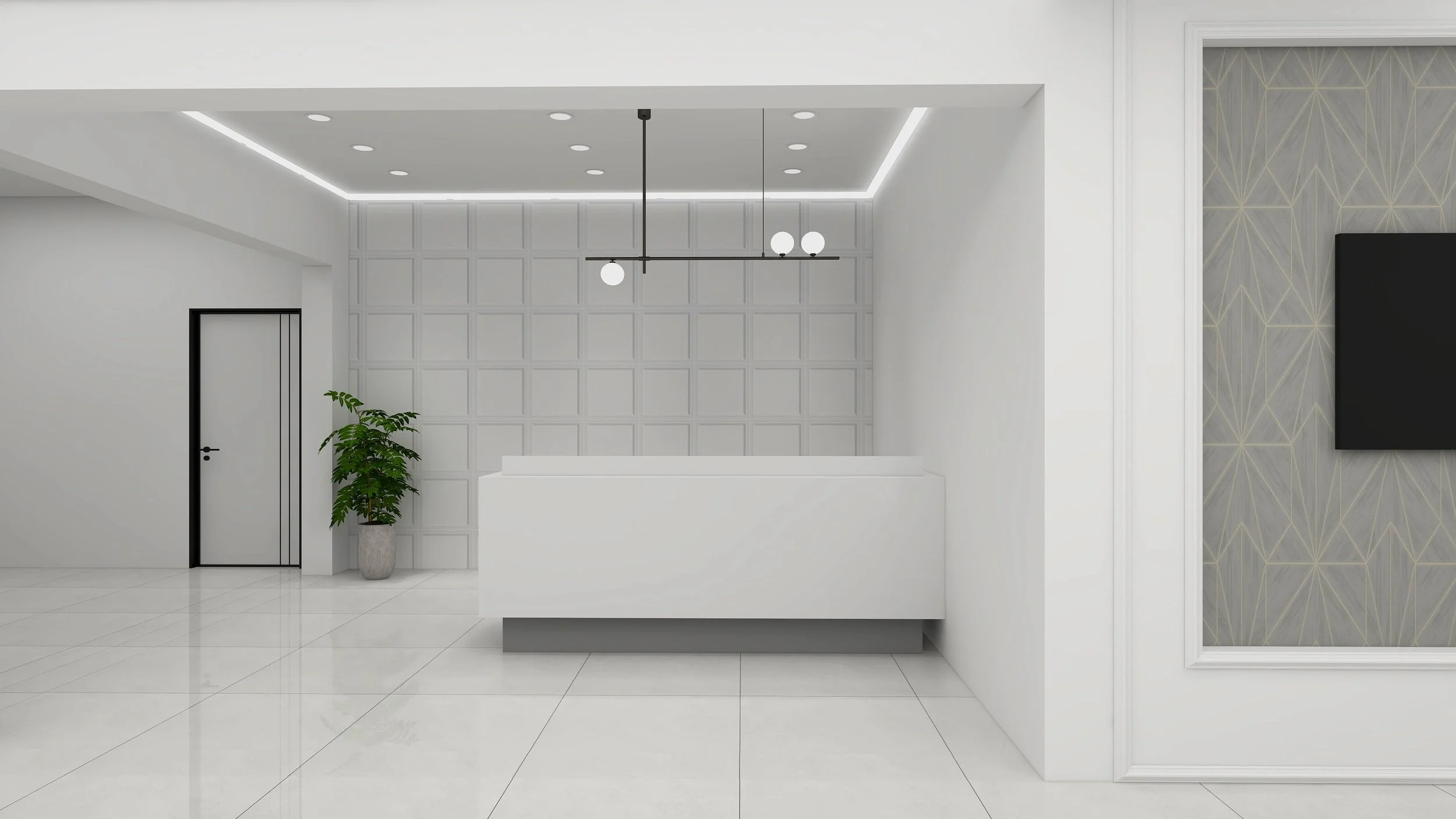Harmony in Design: The Healing Power of Hospitality in Healthcare
At its core, hospitality design revolves around creating welcoming and comfortable spaces that attract guests and answer to their needs. The design process requires meticulous attention to detail, from the thought-through layout of furniture to the selection of inviting materials and finishes. On the other hand, healthcare design places emphasis on functionality and safety, with a focus on optimizing spaces for patient care and staff efficiency. By integrating elements from both industries, designers create a delicate balance between warmth and functionality, resulting in interiors that feel both warm and purposeful.
At M4 Interiors, we believe in the power of design and how it impacts lives. Let’s go over some concepts in how hospitality influences healthcare designs.
1) The Merger
For a long time, hospitality and healthcare have been perceived as different industries with different priorities. Hospitality emphasizes guest experience and comfort; healthcare focuses on healing and well-being. By merging these principles, the boundaries between them are becoming lesser as designers recognize the importance of considering all needs to achieve a design that’s comprehensive to all.
2) The New Healthcare
Traditionally, healthcare environments have been associated with sterile and clinical aesthetics, which can often depict feelings of anxiety and discomfort. However, by incorporating elements inspired by hospitality design, such as soft lighting, home inspired furnishings, and personalized touches, clinical spaces are being transformed into spaces of healing. These thoughtful additions not only enhance the overall experience but also contribute to improved patient healing outcomes and increased satisfaction of visitors and staff alike.
3) Comfort to All
Communal areas within healthcare facilities offer enough opportunities to blend hospitality and healthcare design principles, and welcome all into unconventional, immersive environments. Waiting areas, for instance, are being reimagined as inviting lounge spaces, complete with comfortable seating, natural light, and curated artwork. By creating environments that evoke a sense of tranquility and reassurance, these spaces can help alleviate the stress often associated with medical visits, fostering a more positive experience for patients and their families.
The integration of hospitality and healthcare principles in interior design represents a holistic approach to creating spaces that prioritize both physical and emotional well-being. By harmonizing elements from these two industries, designers cultivate environments that not only promote healing and recovery but also nurture a sense of comfort and hospitality. As the boundaries between different sectors continue to blur, this fusion of design philosophies holds immense potential in shaping the future of interior spaces. The result is a well-balanced combination that puts patients' and guests' wellbeing first, creating a therapeutic, cozy, and caring atmosphere.



